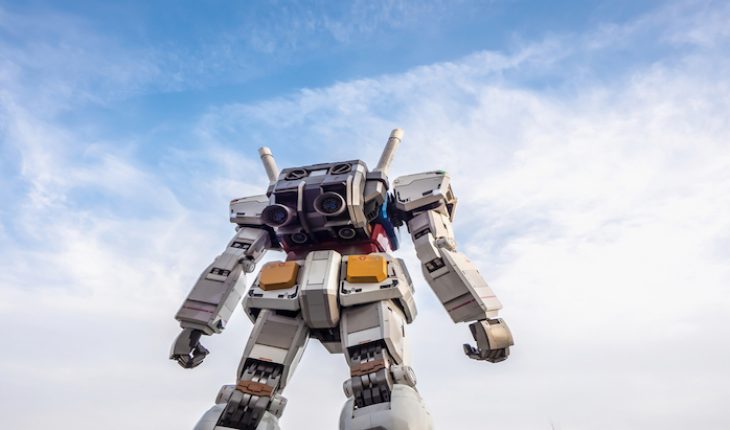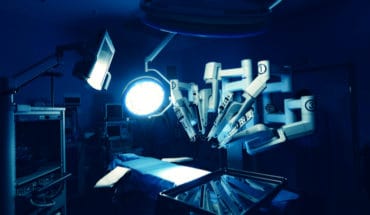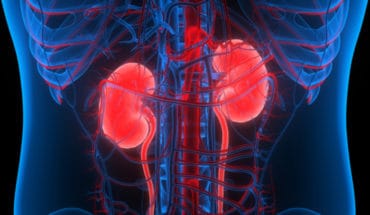Next milestone in the development of bionic arm prostheses with major contribution from the Medical University of Vienna: in collaboration with the Massachusetts Institute of Technology (Center for Extreme Bionics) and the Department of Electrical Engineering at the University of Gothenburg, Oskar Aszmann’s team in the Clinical Laboratory for Bionic Limb Reconstruction at MedUni Vienna’s Department of Surgery has developed the world’s first fully integrated bionic arm prosthesis that is ready to use – in keeping with the motto “Plug and Play”. The results of the study have now been published in the prestigious New England Journal of Medicine (impact factor 70,670).
“The main advantage of this system, and what makes it a world first, is that all components are directly implanted at the amputation site with a closed control circuit. Information runs into the prostheses and from there back into the brain,” explains Aszmann. “Signal transmission from the prosthesis into the stump and via specific nerve interfaces onwards to the person’s brain is so detailed that the patient is able to perceive individual fingers of the prosthesis in real time, for example.”
Here, sensors which are incorporated in a prosthesis from MedUni Vienna’s commercial partner Otto Bock Healthcare Products are directly coupled to the appropriate neural pathways to create a user-friendly “Plug and Play” system, says Aszmann. In previous bionic reconstructions, some patients needed weeks or months of training before they could use a prosthesis properly.
Connecting nerves directly to the prosthesis:
A surgical procedure lasting 6 – 8-hours is required. During this procedure, a titanium implant is placed in the bones on the upper arm and the nerves are wired with a novel system developed together with MIT Harvard and Integrum at Chalmers University in such a way that signals arrive directly in the prosthesis, as it were, and are conducted back again from there. For the first time, this system is self-contained and everything takes place directly in the arm. The battery inserts directly into the prosthesis and can easily be removed in the evening for recharging. Says Aszmann: “We have developed this system over the last four years and we are also extremely satisfied with the long-term stability of signal transmission.”
So far, it has been used in four male patients who have had upper-arm amputations.
Bionic limb reconstruction: MedUni Vienna a global leader:
In July 2019, shortly after opening of the Clinical Laboratory for Bionic Limb Reconstruction at MedUni Vienna’s Department of Surgery, the research group, working together with the Alfred Mann Foundation from the USA, successfully managed, for the first time in the world, to implant sensors in three male patients following nerve transfers, to transmit biosignals for wireless control of bionic prostheses.
“Our new findings in the recent study and our collaboration with MIT in Massachusetts, one of the greatest technical universities in the world with more than 10,000 students, underscores the position that the Medical University of Vienna has established for itself as a world leader in the field of bionic limb reconstruction,” stresses Aszmann.
Service: New England Journal of Medicine
“Self-contained Neuromusculoskeletal Arm Prostheses.” Max Ortiz‑Catalan, Enzo Mastinu, Paolo Sassu, Oskar Aszmann and Rickard Branemark. N Engl J Med 2020;382:1732-8.
DOI: 10.1056/NEJMoa1917537.
Photo credit: Shutterstock
- Combination of drugs could prevent thousands of heart attacks - 21st April 2025
- UQ Study Links Poor Teen Diets to Heavy Social Media Use - 21st April 2025
- Gut microbiome could delay onset of type 1 diabetes - 3rd April 2025






